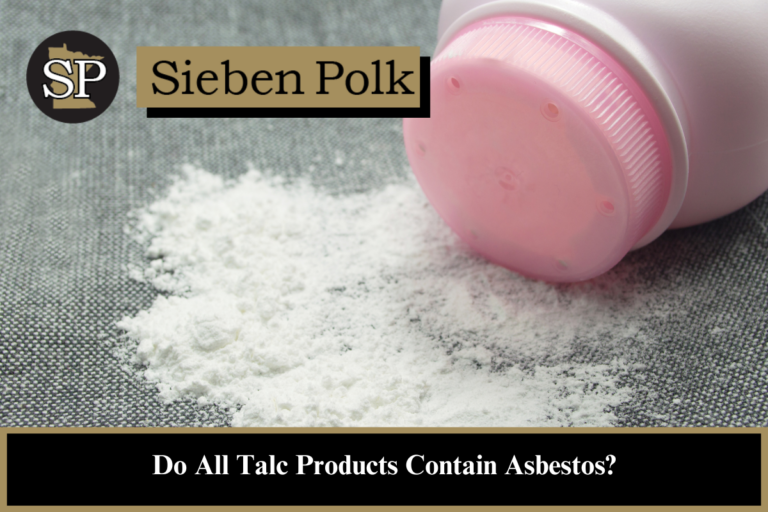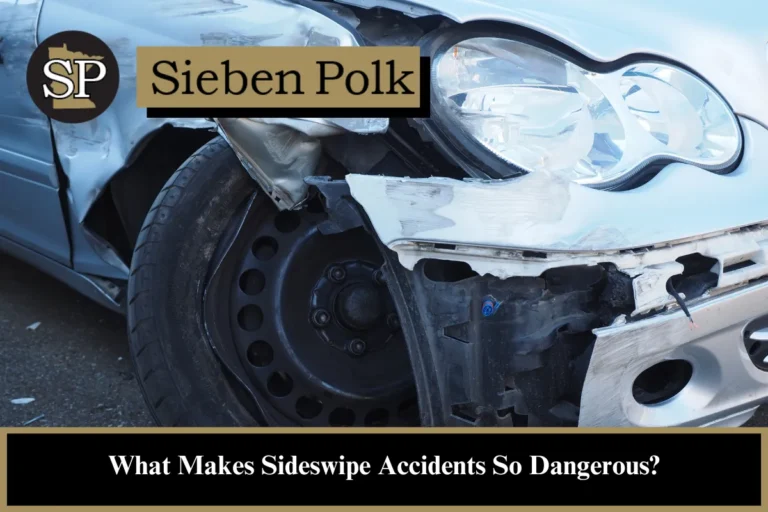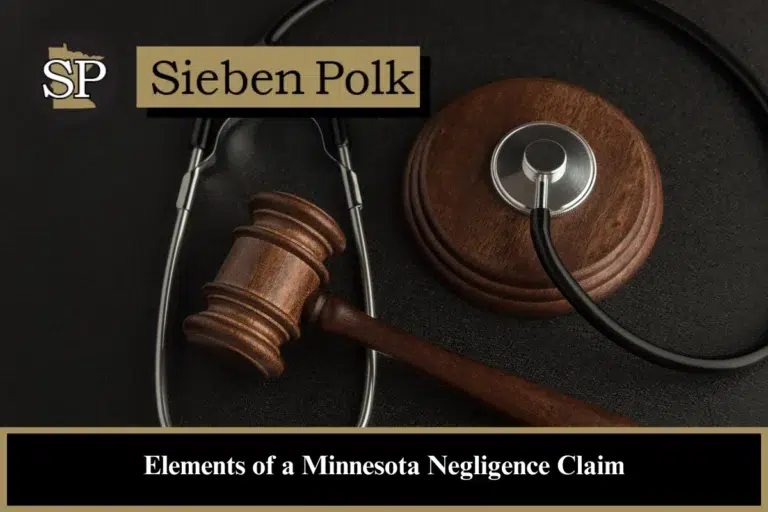Talc products have been a staple in many homes for over a century. However, the association between talc and asbestos exposure has led to significant legal controversy. Not all talc products contain asbestos, but even small amounts of asbestos in talc-based products are unacceptable. If you think you’ve been exposed to asbestos through talc, our experienced Minnesota asbestos lawyers can help guide you through the legal process for compensation.
Navigate This Page
- Does All Talc Contain Asbestos?
- Talc and Asbestos
- Common Talc Products Known to Contain Asbestos
- Is Talcum Powder Still Safe to Use?
- Talc in Cosmetics and Makeup Products
- Industrial and Household Talc Products
- Can I Get Compensation for Talc-Related Asbestos Exposure?
- Contact Sieben Polk Law Firm for a Free Consultation
- Related Readings:
Does All Talc Contain Asbestos?
Not all talc products contain asbestos, but there is a risk of asbestos exposure due to where talc is mined. Talc and asbestos are both naturally occurring minerals, often found in the same deposits. This makes contamination possible, even though some products may not show traces of asbestos.
Talc and Asbestos
How Talc Becomes Contaminated with Asbestos
Talc contamination with asbestos occurs at the source, where the mineral is mined. Both minerals are naturally found together, which means that while talc itself is not inherently dangerous, it can become hazardous when it contains asbestos fibers.
Common Talc Products Known to Contain Asbestos
Despite knowing the risks, many talc-based products still pose a danger of asbestos exposure. Some common talc-containing products that have been linked to asbestos contamination include:
Johnson & Johnson Baby Powder
Johnson & Johnson Baby Powder has been widely used for decades, but investigative reports have shown that some batches of this product contained asbestos. While not every batch was contaminated, the risk remains, and many batches went untested. Thousands of lawsuits have been filed against Johnson & Johnson for failing to warn consumers about the potential dangers of their product.
Is Talcum Powder Still Safe to Use?
While talc contamination is not exclusive to Johnson & Johnson, all talc products have the potential to be contaminated by asbestos. Since it’s difficult to know whether talc in a product is contaminated, experts recommend avoiding talcum powder altogether for safety reasons.
Talc in Cosmetics and Makeup Products
Talc is still widely used in cosmetics, despite the known risks of asbestos exposure. Common talc-containing makeup products include:
Makeup Products with Asbestos
- Claire’s Pink Glitter Palette with Eyeshadow and Lip Glos
- Jojo Siwa Makeup Set
- Justice Just Shine Shimmer Powder
In 2020, an analysis by the Environmental Working Group found that 15% of talc-containing makeup products contained asbestos. This is a significant concern, especially for children, as many products marketed to them contained harmful amounts of asbestos.
Industrial and Household Talc Products
In addition to personal care products, talc appears in a wide range of industrial and household items. These include:
- Anticaking agents
- Ceramics
- Crayons
- Chalk
- Paper and ink
- Plastics and rubber
- Automotive parts
Exposure to asbestos can occur not just by direct contact with talc-containing products but also through airborne particles when these items are handled.
Can I Get Compensation for Talc-Related Asbestos Exposure?
If you’ve suffered from an asbestos-related illness due to talc exposure, you may be entitled to compensation. Two main avenues for compensation include:
- Lawsuit verdicts: You may be awarded compensation if you win a lawsuit for asbestos-related injuries.
- Out-of-court settlements: Many cases are resolved without going to trial.
Time Sensitivity in Filing Claims
It’s important to act quickly when pursuing compensation for asbestos exposure. Asbestos injury claims, such as those for mesothelioma or asbestosis, can be time-sensitive. Contacting an experienced asbestos lawyer as soon as possible will help strengthen your case.
Contact Sieben Polk Law Firm for a Free Consultation
If you or a loved one has been exposed to asbestos through talc products, Sieben Polk P.A. is here to help. We offer free initial consultations, and you won’t owe us anything unless we secure compensation for you.
Call (651) 437-3148 or contact us online to schedule your free consultation today.




